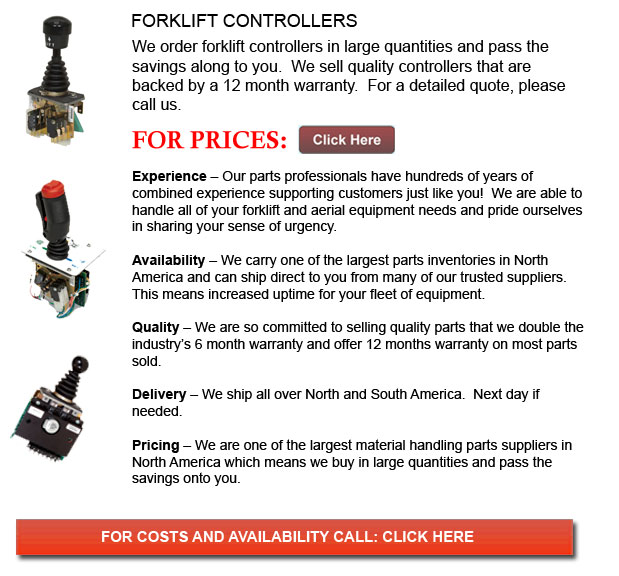
Forklift Controller - Forklifts are accessible in a wide range of load capacities and a variety of models. Most lift trucks in a standard warehouse setting have load capacities between 1-5 tons. Larger scale units are used for heavier loads, like for example loading shipping containers, could have up to 50 tons lift capacity.
The operator could make use of a control to be able to lower and raise the tines, that are likewise referred to as "forks or tines." The operator could even tilt the mast so as to compensate for a heavy load's propensity to tilt the blades downward to the ground. Tilt provides an ability to operate on rough surface also. There are annual competitions for skillful lift truck operators to contend in timed challenges and obstacle courses at local lift truck rodeo events.
Forklifts are safety rated for loads at a specific maximum weight and a specific forward center of gravity. This essential information is provided by the manufacturer and positioned on a nameplate. It is important loads do not go beyond these details. It is illegal in numerous jurisdictions to interfere with or take out the nameplate without obtaining permission from the forklift maker.
Most lift trucks have rear-wheel steering so as to increase maneuverability within tight cornering conditions and confined areas. This kind of steering differs from a drivers' first experience along with other vehicles. As there is no caster action while steering, it is no necessary to apply steering force in order to maintain a continuous rate of turn.
Unsteadiness is one more unique characteristic of lift truck operation. A continuously varying centre of gravity occurs with every movement of the load between the forklift and the load and they should be considered a unit during use. A lift truck with a raised load has gravitational and centrifugal forces that can converge to bring about a disastrous tipping accident. To be able to avoid this possibility, a forklift should never negotiate a turn at speed with its load elevated.
Lift trucks are carefully designed with a particular load limit used for the blades with the limit decreasing with undercutting of the load. This means that the load does not butt against the fork "L" and would decrease with the rise of the tine. Usually, a loading plate to consult for loading reference is located on the lift truck. It is dangerous to utilize a lift truck as a personnel lift without first fitting it with certain safety devices like for instance a "cherry picker" or "cage."
Forklift utilize in warehouse and distribution centers
Important for whichever warehouse or distribution center, the lift truck should have a safe surroundings in which to accommodate their safe and efficient movement. With Drive-In/Drive-Thru Racking, a forklift should travel within a storage bay that is several pallet positions deep to put down or get a pallet. Operators are usually guided into the bay through rails on the floor and the pallet is positioned on cantilevered arms or rails. These tight manoeuvres need skilled operators to be able to carry out the task safely and efficiently. Since each and every pallet requires the truck to go in the storage structure, damage done here is more common than with other types of storage. Whenever designing a drive-in system, considering the dimensions of the blade truck, together with overall width and mast width, must be well thought out to make sure all aspects of an effective and safe storage facility.
![]() Click to Download the pdf
Click to Download the pdf
Forklift Parts
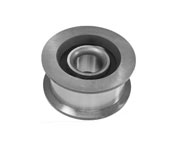
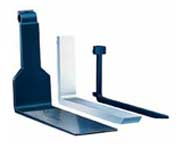
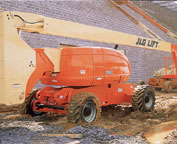
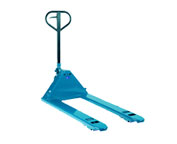
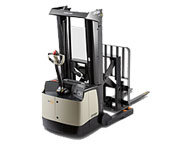
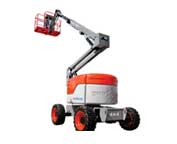
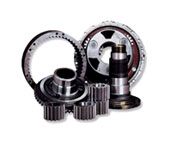
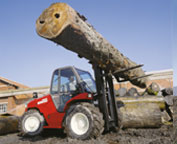
Lift Parts Express
TOLL FREE: 1-888-695-7994
LOCAL: 480-619-5764
625 West Southern Avenue Suite E- 200
Mesa, Arizona
forkliftpartsmesa.com
Email Us
About Us


